Prime Rib, the king of roasts! Is there anything more impressive than presenting a perfectly cooked, juicy, and tender prime rib at your holiday table? I think not! This show-stopping centerpiece is guaranteed to wow your guests and leave them begging for seconds. But don’t let its grandeur intimidate you. With my simple, step-by-step guide, you’ll be able to master the art of roasting a prime rib like a seasoned chef.
The history of prime rib is deeply intertwined with American culinary tradition, particularly during celebratory occasions. It evolved from simpler beef roasts, becoming a symbol of prosperity and indulgence. Think of it as the ultimate Sunday supper, elevated to a special occasion status. The term “prime” refers to the USDA grade of beef, indicating superior quality and marbling, which translates to exceptional flavor and tenderness.
People adore prime rib for its rich, savory flavor and melt-in-your-mouth texture. The generous marbling of fat throughout the roast renders during cooking, basting the meat from the inside out and creating an incredibly succulent and flavorful experience. Plus, the crispy, seasoned crust provides a delightful contrast to the tender interior. Whether you’re celebrating Christmas, Thanksgiving, or a special birthday, a perfectly roasted prime rib is the perfect way to make any occasion unforgettable. Let’s get started!
Ingredients:
- 1 (4-5 pound) Prime Rib Roast (bone-in or boneless), preferably USDA Prime or Choice
- 2 tablespoons olive oil
- 2 tablespoons kosher salt, plus more for seasoning
- 1 tablespoon black pepper, freshly ground, plus more for seasoning
- 2 tablespoons garlic powder
- 1 tablespoon onion powder
- 1 tablespoon dried rosemary, crushed
- 1 tablespoon dried thyme
- 1 teaspoon smoked paprika
- 1/2 teaspoon cayenne pepper (optional, for a little kick)
- 1 large yellow onion, quartered
- 4 carrots, roughly chopped
- 4 celery stalks, roughly chopped
- 4 cups beef broth
- 2 tablespoons Worcestershire sauce
- 1 tablespoon cornstarch (optional, for thickening gravy)
- 2 tablespoons cold water (optional, for thickening gravy)
Preparing the Prime Rib:
- Bring the Roast to Room Temperature: This is crucial! Take the prime rib roast out of the refrigerator at least 3-4 hours before you plan to cook it. This allows the roast to come to room temperature, which ensures more even cooking. A cold roast will take longer to cook and may result in an unevenly cooked interior. Don’t skip this step! I usually set a timer so I don’t forget.
- Pat the Roast Dry: Use paper towels to thoroughly pat the entire surface of the prime rib roast dry. This is important because a dry surface will allow for a better sear and a beautiful crust. Moisture is the enemy of a good sear!
- Prepare the Spice Rub: In a small bowl, combine the kosher salt, black pepper, garlic powder, onion powder, dried rosemary, dried thyme, smoked paprika, and cayenne pepper (if using). Mix well to ensure all the spices are evenly distributed. This is your flavor powerhouse!
- Season the Roast Generously: Drizzle the olive oil all over the prime rib roast. Then, generously rub the spice mixture all over the roast, ensuring that every surface is coated. Don’t be shy! Really massage the spices into the meat. This is where the magic happens. I like to use my hands for this, it just feels right.
- Let the Roast Rest (Again!): After seasoning, let the roast sit at room temperature for another hour. This allows the spices to penetrate the meat and further develop the flavor. Trust me, it makes a difference.
Roasting the Prime Rib:
- Preheat the Oven: Preheat your oven to 450°F (232°C). Make sure your oven rack is in the lower-middle position. This ensures even heat distribution.
- Prepare the Roasting Pan: Place the quartered onion, chopped carrots, and chopped celery stalks in the bottom of a large roasting pan. These vegetables will act as a natural roasting rack, elevating the prime rib roast and preventing it from sitting directly in the pan juices. They also add flavor to the drippings, which we’ll use for the gravy.
- Place the Roast on the Vegetables: Place the seasoned prime rib roast on top of the bed of vegetables in the roasting pan. Make sure the fat cap (the layer of fat on top of the roast) is facing up. This will baste the roast as it cooks, keeping it moist and flavorful.
- Sear the Roast: Place the roasting pan in the preheated oven and sear the prime rib roast for 15 minutes. This high heat will create a beautiful crust on the outside of the roast. Don’t open the oven door during this time!
- Reduce the Oven Temperature: After 15 minutes, reduce the oven temperature to 325°F (163°C). This lower temperature will allow the roast to cook slowly and evenly to your desired level of doneness.
- Roast to Desired Doneness: Continue roasting the prime rib roast until it reaches your desired internal temperature. Use a meat thermometer inserted into the thickest part of the roast, avoiding the bone, to monitor the temperature. Here’s a guide to internal temperatures:
- Rare: 120-125°F (49-52°C)
- Medium Rare: 130-135°F (54-57°C)
- Medium: 135-140°F (57-60°C)
- Medium Well: 140-145°F (60-63°C)
- Well Done: 145°F+ (63°C+) (Not recommended for prime rib!)
Important Note: The roasting time will vary depending on the size and shape of your roast, as well as your oven. A general rule of thumb is to roast for approximately 13-15 minutes per pound for rare, 15-17 minutes per pound for medium-rare, and 17-20 minutes per pound for medium. However, always rely on a meat thermometer for the most accurate results. I always aim for medium-rare, it’s the sweet spot!
- Rest the Roast: Once the prime rib roast reaches your desired internal temperature, remove it from the oven and transfer it to a cutting board. Tent it loosely with foil and let it rest for at least 30 minutes, or even up to an hour. This is crucial! Resting allows the juices to redistribute throughout the roast, resulting in a more tender and flavorful final product. Don’t skip this step! The internal temperature will continue to rise slightly during the resting period (carryover cooking), so keep that in mind when determining when to remove the roast from the oven.
Making the Gravy:
- Strain the Pan Drippings: While the prime rib roast is resting, prepare the gravy. Carefully pour the pan drippings from the roasting pan into a fat separator. If you don’t have a fat separator, you can use a measuring cup and carefully skim off the fat from the top.
- Sauté the Vegetables (Optional): If you want a richer gravy, you can sauté the roasted vegetables from the roasting pan in a saucepan over medium heat for a few minutes. This will deepen their flavor.
- Make a Roux (Optional): For a thicker gravy, you can make a roux. Melt 2 tablespoons of butter in a saucepan over medium heat. Whisk in 2 tablespoons of all-purpose flour and cook for 1-2 minutes, stirring constantly, until the roux is smooth and golden brown. This step is optional, but it adds richness and body to the gravy.
- Deglaze the Pan: Pour the defatted pan drippings into the saucepan with the sautéed vegetables (if using) or directly into the saucepan if you skipped the sautéing step. Bring to a simmer, scraping up any browned bits from the bottom of the pan. These browned bits are packed with flavor!
- Add Beef Broth and Worcestershire Sauce: Add the beef broth and Worcestershire sauce to the saucepan. Bring to a simmer and cook for 10-15 minutes, or until the gravy has thickened slightly.
- Thicken the Gravy (Optional): If you want a thicker gravy, you can make a slurry by whisking together the cornstarch and cold water in a small bowl. Slowly pour the slurry into the simmering gravy, whisking constantly, until the gravy reaches your desired consistency. Cook for another minute or two to allow the cornstarch to cook through.
- Season to Taste: Season the gravy with salt and pepper to taste. You may also want to add a pinch of dried thyme or rosemary for extra flavor.
- Strain the Gravy (Optional): For a smoother gravy, you can strain it through a fine-mesh sieve before serving. This will remove any lumps or vegetable pieces.
Carving and Serving:
- Carve the Prime Rib: After the prime rib roast has rested, it’s time to carve it. Use a sharp carving knife to slice the roast against the grain. The thickness of the slices is up to you, but I usually aim for about 1/2 inch thick.
- Serve Immediately: Serve the carved prime rib roast immediately with the gravy.
- Enjoy! Enjoy your perfectly cooked prime rib roast! It’s delicious served with mashed potatoes, roasted vegetables, Yorkshire pudding, or any of your favorite side dishes.
Tips for Success:
- Use a Good Quality Roast: The quality of the prime rib roast will greatly affect the final result. Choose a USDA Prime or Choice roast for the best flavor and tenderness.
- Don’t Overcook: Prime rib is best served rare to medium-rare. Overcooking will result in a dry and tough roast.
- Use a Meat Thermometer: A meat thermometer is essential for ensuring that the prime rib roast is cooked to your desired level of doneness
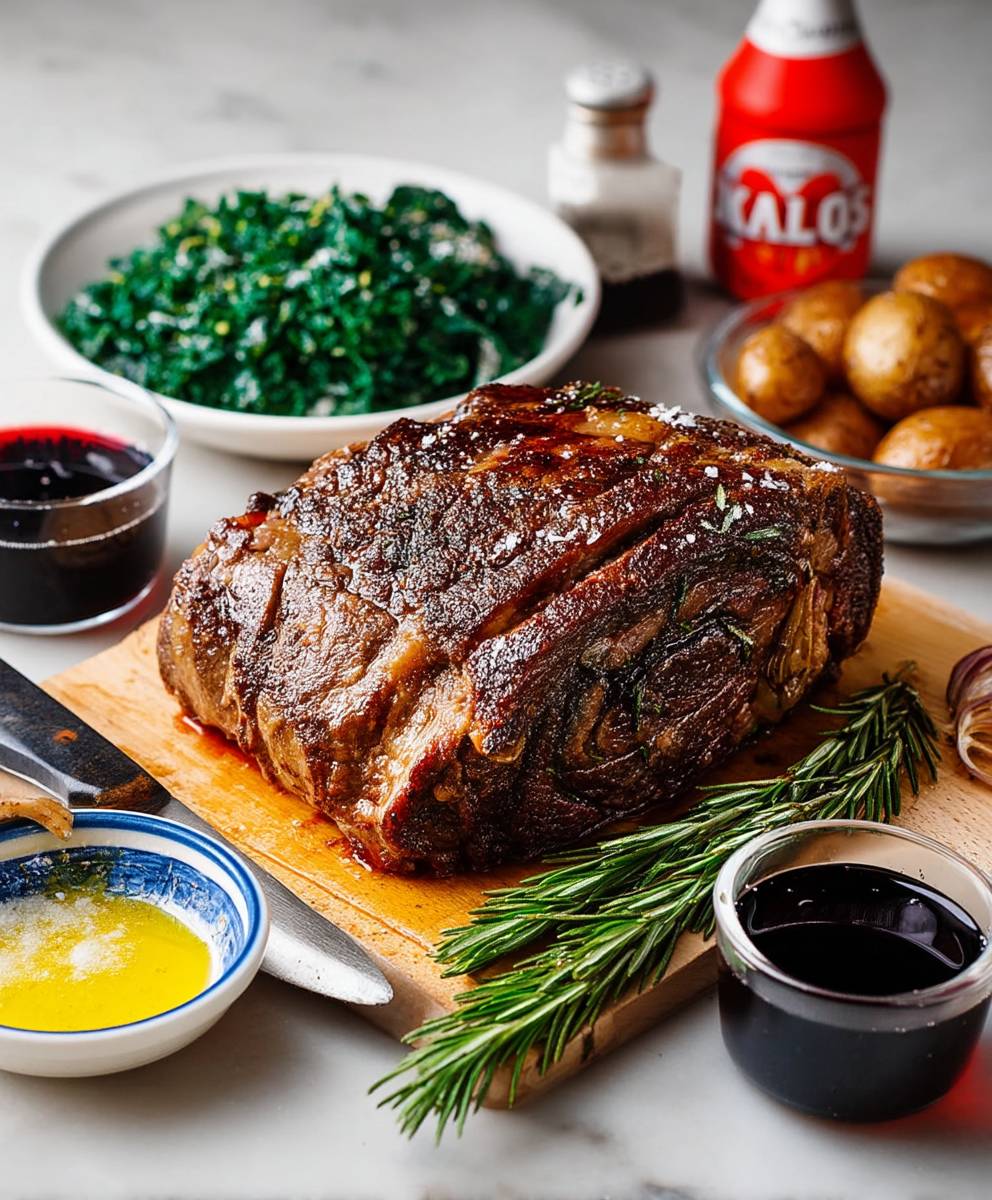
Conclusion:
So, there you have it! This isn’t just another recipe; it’s your ticket to a truly unforgettable dining experience. From the perfectly seared crust to the melt-in-your-mouth tenderness, this prime rib recipe is guaranteed to impress, whether you’re hosting a holiday feast or simply want to elevate a weekend dinner. I know tackling a prime rib can seem daunting, but trust me, with these simple steps and a little patience, you’ll be rewarded with a roast that rivals anything you’d find in a high-end steakhouse.
Why is this a must-try? Because it’s more than just meat; it’s an experience. It’s the aroma that fills your kitchen, the anticipation as you carve into that beautiful roast, and the satisfied sighs of your loved ones as they savor each bite. It’s about creating memories and sharing a truly special meal. And let’s be honest, who doesn’t love a perfectly cooked prime rib?
Serving Suggestions and Variations:
Now, let’s talk about how to make this prime rib shine even brighter! For a classic pairing, serve it with creamy horseradish sauce, au jus made from the pan drippings, and a side of roasted garlic mashed potatoes. Asparagus, green beans almondine, or a simple salad also make excellent accompaniments. Don’t forget a bold red wine to complete the experience!
Feeling adventurous? Here are a few variations to try:
- Herb Crusted Prime Rib: Before roasting, create a paste of fresh herbs like rosemary, thyme, and garlic, mixed with olive oil and Dijon mustard. Spread it generously over the roast for an extra layer of flavor.
- Smoked Prime Rib: If you have a smoker, try smoking the prime rib for a few hours before finishing it in the oven. The smoky flavor adds a whole new dimension to the dish.
- Coffee Rubbed Prime Rib: For a unique and bold flavor, try a coffee rub. Combine ground coffee, brown sugar, paprika, garlic powder, onion powder, and chili powder. Rub it all over the roast before cooking.
- Garlic and Herb Butter Basted Prime Rib: During the last hour of cooking, baste the prime rib with a mixture of melted butter, minced garlic, fresh herbs (like thyme and rosemary), and a squeeze of lemon juice every 15 minutes. This will create a beautiful, flavorful crust.
No matter which variation you choose, remember to always use a meat thermometer to ensure your prime rib is cooked to perfection. The internal temperature is key to achieving the desired level of doneness.
I’m so excited for you to try this recipe! I truly believe that anyone can make a fantastic prime rib with a little guidance and the right ingredients. Don’t be afraid to experiment and make it your own. Cooking should be fun and rewarding, and this recipe is definitely both.
So, go ahead, gather your ingredients, preheat your oven, and get ready to create a culinary masterpiece. And most importantly, don’t forget to share your experience! I’d love to hear how your prime rib turned out, what variations you tried, and what your family and friends thought. Share your photos and stories in the comments below. Happy cooking!
Prime Rib: The Ultimate Guide to Cooking Perfection
Perfectly roasted prime rib, seasoned with a flavorful spice rub and served with a rich, homemade gravy.
Ingredients
- 1 (4-5 pound) Prime Rib Roast (bone-in or boneless), preferably USDA Prime or Choice
- 2 tablespoons olive oil
- 2 tablespoons kosher salt, plus more for seasoning
- 1 tablespoon black pepper, freshly ground, plus more for seasoning
- 2 tablespoons garlic powder
- 1 tablespoon onion powder
- 1 tablespoon dried rosemary, crushed
- 1 tablespoon dried thyme
- 1 teaspoon smoked paprika
- 1/2 teaspoon cayenne pepper (optional, for a little kick)
- 1 large yellow onion, quartered
- 4 carrots, roughly chopped
- 4 celery stalks, roughly chopped
- 4 cups beef broth
- 2 tablespoons Worcestershire sauce
- 1 tablespoon cornstarch (optional, for thickening gravy)
- 2 tablespoons cold water (optional, for thickening gravy)
Instructions
- Bring the Roast to Room Temperature: Take the prime rib roast out of the refrigerator at least 3-4 hours before you plan to cook it.
- Pat the Roast Dry: Use paper towels to thoroughly pat the entire surface of the prime rib roast dry.
- Prepare the Spice Rub: In a small bowl, combine the kosher salt, black pepper, garlic powder, onion powder, dried rosemary, dried thyme, smoked paprika, and cayenne pepper (if using). Mix well.
- Season the Roast Generously: Drizzle the olive oil all over the prime rib roast. Then, generously rub the spice mixture all over the roast, ensuring that every surface is coated.
- Let the Roast Rest (Again!): After seasoning, let the roast sit at room temperature for another hour.
- Preheat the Oven: Preheat your oven to 450°F (232°C). Make sure your oven rack is in the lower-middle position.
- Prepare the Roasting Pan: Place the quartered onion, chopped carrots, and chopped celery stalks in the bottom of a large roasting pan.
- Place the Roast on the Vegetables: Place the seasoned prime rib roast on top of the bed of vegetables in the roasting pan. Make sure the fat cap (the layer of fat on top of the roast) is facing up.
- Sear the Roast: Place the roasting pan in the preheated oven and sear the prime rib roast for 15 minutes.
- Reduce the Oven Temperature: After 15 minutes, reduce the oven temperature to 325°F (163°C).
- Roast to Desired Doneness: Continue roasting the prime rib roast until it reaches your desired internal temperature. Use a meat thermometer inserted into the thickest part of the roast, avoiding the bone, to monitor the temperature.
- Rest the Roast: Once the prime rib roast reaches your desired internal temperature, remove it from the oven and transfer it to a cutting board. Tent it loosely with foil and let it rest for at least 30 minutes, or even up to an hour.
- Strain the Pan Drippings: While the prime rib roast is resting, prepare the gravy. Carefully pour the pan drippings from the roasting pan into a fat separator. If you don’t have a fat separator, you can use a measuring cup and carefully skim off the fat from the top.
- Sauté the Vegetables (Optional): If you want a richer gravy, you can sauté the roasted vegetables from the roasting pan in a saucepan over medium heat for a few minutes. This will deepen their flavor.
- Make a Roux (Optional): For a thicker gravy, you can make a roux. Melt 2 tablespoons of butter in a saucepan over medium heat. Whisk in 2 tablespoons of all-purpose flour and cook for 1-2 minutes, stirring constantly, until the roux is smooth and golden brown. This step is optional, but it adds richness and body to the gravy.
- Deglaze the Pan: Pour the defatted pan drippings into the saucepan with the sautéed vegetables (if using) or directly into the saucepan if you skipped the sautéing step. Bring to a simmer, scraping up any browned bits from the bottom of the pan. These browned bits are packed with flavor!
- Add Beef Broth and Worcestershire Sauce: Add the beef broth and Worcestershire sauce to the saucepan. Bring to a simmer and cook for 10-15 minutes, or until the gravy has thickened slightly.
- Thicken the Gravy (Optional): If you want a thicker gravy, you can make a slurry by whisking together the cornstarch and cold water in a small bowl. Slowly pour the slurry into the simmering gravy, whisking constantly, until the gravy reaches your desired consistency. Cook for another minute or two to allow the cornstarch to cook through.
- Season to Taste: Season the gravy with salt and pepper to taste. You may also want to add a pinch of dried thyme or rosemary for extra flavor.
- Strain the Gravy (Optional): For a smoother gravy, you can strain it through a fine-mesh sieve before serving. This will remove any lumps or vegetable pieces.
- Carve the Prime Rib: After the prime rib roast has rested, it’s time to carve it. Use a sharp carving knife to slice the roast against the grain. The thickness of the slices is up to you, but I usually aim for about 1/2 inch thick.
- Serve Immediately: Serve the carved prime rib roast immediately with the gravy.
- Enjoy!: Enjoy your perfectly cooked prime rib roast! It’s delicious served with mashed potatoes, roasted vegetables, Yorkshire pudding, or any of your favorite side dishes.
Notes
- Bringing the roast to room temperature is crucial for even cooking.
- Patting the roast dry ensures a good sear.
- Use a meat thermometer for accurate doneness.
- Resting the roast is essential for juicy, tender results.
- Use a good quality roast for the best flavor and tenderness.
- Don’t overcook the prime rib.


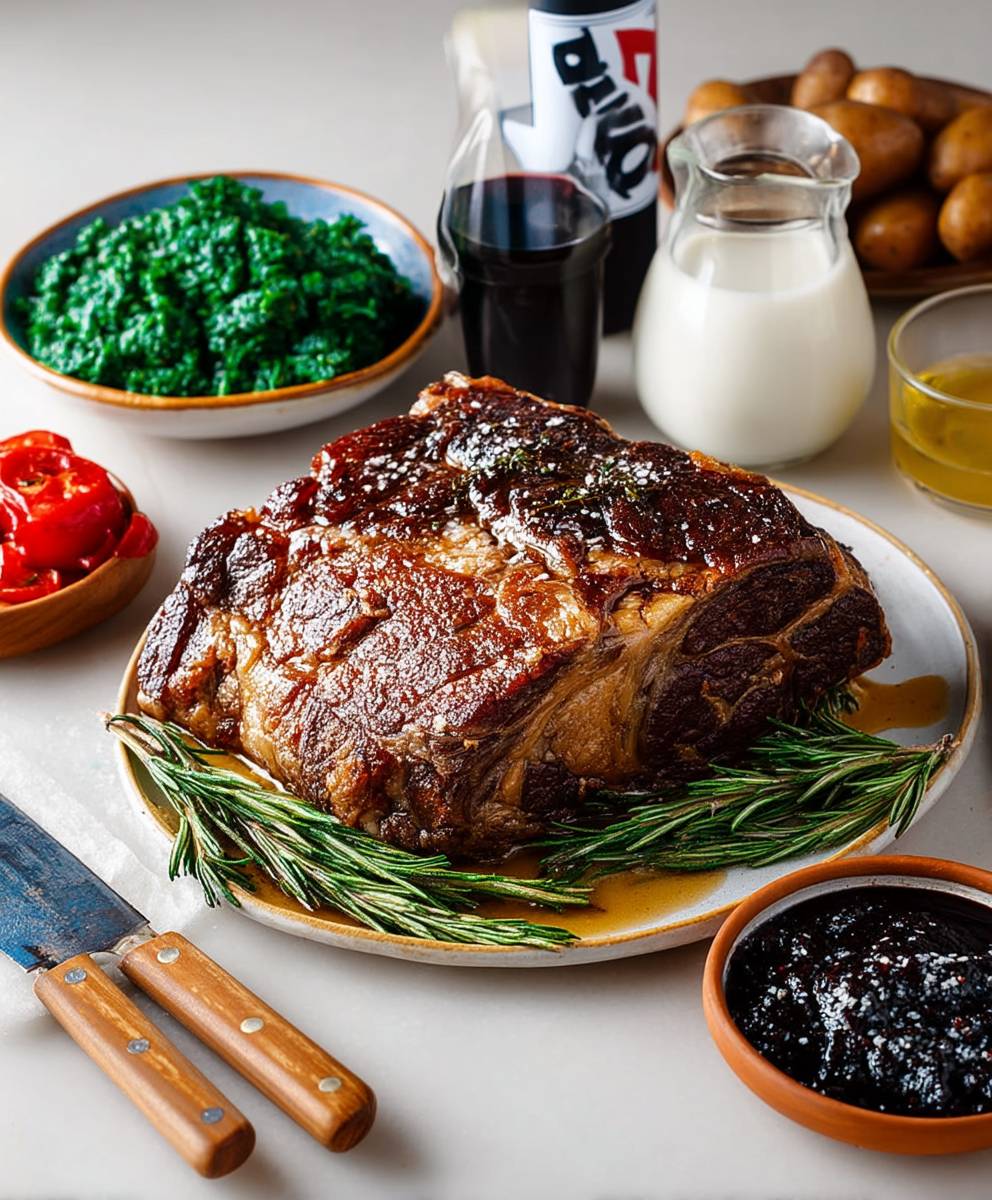
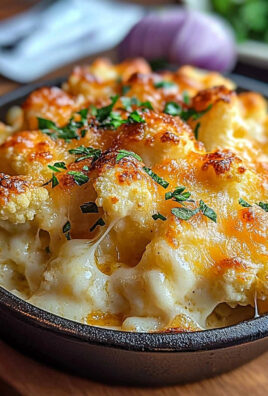
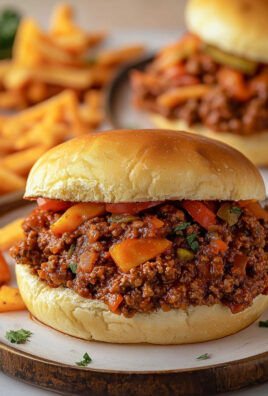
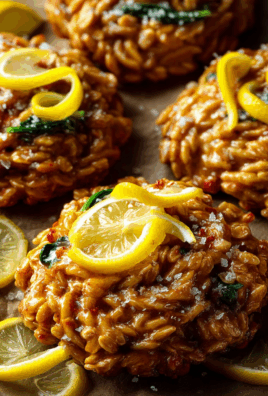
Leave a Comment